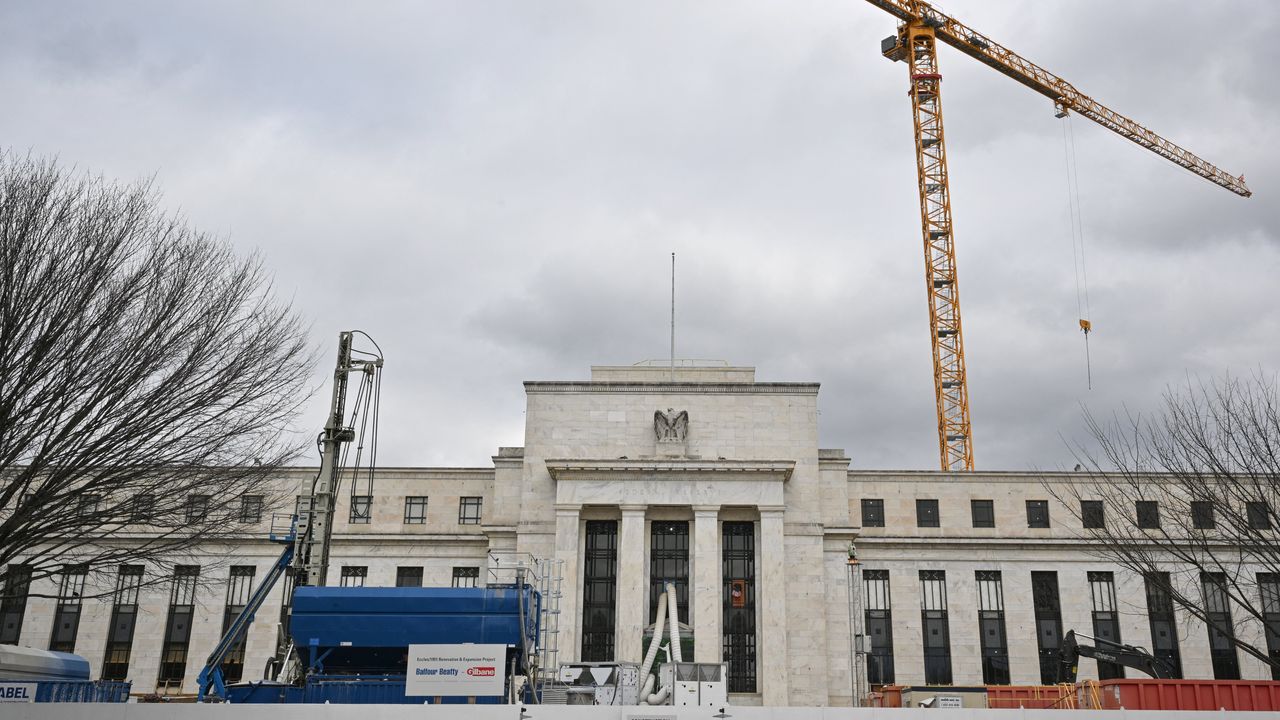
More Federal Reserve officials signaled concern at their meeting last month with cutting interest rates too soon and allowing price pressures to grow entrenched as opposed to the risks of holding rates too high for too long.
“Most participants noted the risks of moving too quickly to ease the stance of policy,” said the minutes of the Jan. 30-31 meeting, released Wednesday with a customary three-week delay. Only two officials pointed to the risks “associated with maintaining an overly restrictive stance for too long.”
Over the last two years, the Fed raised rates at the most rapid pace in four decades to combat inflation that also jumped to 40-year highs. Since last July, officials have held their benchmark federal-funds rate at a range between 5.25% and 5.5% as inflation has eased. The rate influences other borrowing costs throughout the economy—such as on mortgages, credit cards, and business loans—and is near a 23-year high.
At a news conference after last month’s meeting, Fed Chair Jerome Powell volunteered that officials weren’t likely to consider cutting rates at their next meeting, March 19-20.
Economic data released over the last three weeks has further underscored why Fed officials were skeptical of investors’ expectations of an imminent and sustained interval of rate cuts. The Labor Department said the economy added twice as many jobs as forecasters had anticipated in January and inflation also came in above expectations.
One month ago, investors thought the Fed was likely to cut rates at its March meeting, but they increasingly see the central bank waiting until June.
Powell has said officials want to see more evidence that inflation is returning to the Fed’s 2% goal. Incoming data “doesn’t need to be better than what we’ve seen, or even as good. It just needs to be good,” he said in an interview on “60 Minutes” this month.
The Commerce Department, which produces a separate inflation gauge that is preferred by the Fed, will report January price changes next week. Core prices, which exclude food and energy items in an effort to better track inflation’s underlying trend, are expected to have climbed 2.9% in January from a year earlier. That would be the same as in December.
Central-bank officials are trying to balance two risks: One is that they move too slowly to ease policy and the economy crumples under the weight of higher interest rates. The other is that they ease too much, too soon, allowing inflation to become entrenched at a level above their 2% goal.
The written account of last month’s meeting showed some officials thought recent improvements in inflation reflected one-off developments. “Nevertheless, they viewed that there had been significant progress recently on inflation returning to the committee’s longer-run goal,” the minutes said.
Officials cited risks that the slowdown in inflation might stall or reverse if consumer spending was stronger than anticipated or if borrowing costs declined and other financial conditions were unduly easy.
When Fed officials met at their previous meeting in December, most thought they could cut rates around three times this year provided that inflation was falling below 2.5% by the end of this year.
In January, officials jettisoned guidance in its heavily deliberated policy statement that since July has suggested an increase was more likely than a cut. In its place, officials adopted a neutral view by noting that the risks to its goals of healthy labor markets and low inflation “are moving into better balance.”
Officials at last month’s meeting “judged that the policy rate was likely at its peak for this tightening cycle,” the minutes said.
Powell said after the meeting that the Fed might be slower to cut rates or drag out the process if inflation proved to be more persistent. It could cut rates sooner and faster if the labor market weakened or there was “very, very persuasive lower inflation,” he said.
The Fed typically cuts interest rates because economic activity is slowing sharply, but in public comments, officials have turned their attention to scenarios under which they could lower rates even with solid growth. That is because as inflation declines, inflation-adjusted or “real” rates will rise if nominal rates are held steady.


